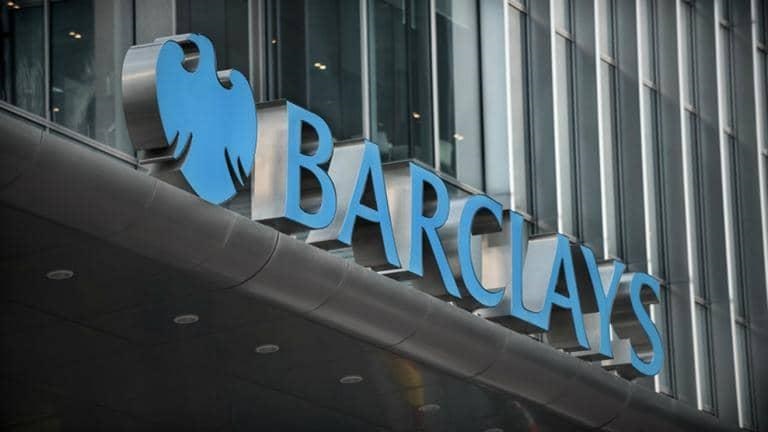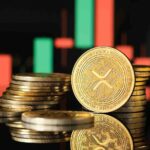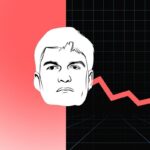On July 29, 2020, Barclays bank posted a 66% plunge in profits for the first half of this year. The drop could be a result of the COVID-19 pandemic that disrupted services to the bank’s United Kingdom clients.
The profits attributable to the shareholders also plunged to £695 million ($899 million) down from £2.07 billion ($2.68 billion) a year ago for the first half of the year.
Barclays set aside £3.7 billion ($4.7 billion) anticipating bad loans arising from the crisis period. The British bank has a £1.6 billion ($2 billion) charge in Q2 2020. In early trading, Barclays shares were down 3.5%.
Profit after tax was £1.3 billion ($1.5 billion) versus £3 billion ($3.8 billion) in 2019. The bank said in a statement:
“The COVID-19 pandemic has disrupted to the Barclays Bank UK Group’s customers, suppliers and staff. In the UK severe restrictions on the movement of people have been implemented by the UK, Scottish and Welsh governments, with a resultant significant impact on economic activity.”
For its business in the UK, Barclays said that despite its preparedness to deal with the health crisis:
“Unavailability of staff due to illness or failure of third parties to supply services could lead to significant customer detriment, costs to reimburse losses incurred by the Barclays Bank UK Group’s customers, potential litigation costs (including regulatory fines, penalties, and other sanctions), and reputational damage.”
Nevertheless, Barclay’s trading division reported better results posting a 60% increase in trading revenues in forex trading, rates, and credit trading. Also, the market segment delivered a 49% increase in revenue to £2 billion ($2.6 billion).
Outlook
The bank anticipates that the second half of the year will also be challenging due to an uncertain outlook coupled with a low-interest-rate environment.
Barclays expects impairment charges to remain significantly above levels recorded in recent years. However, it expects the levels to be below the first-half level of £3.7 billion. CEO Jes Staley said:
“Although we will remain well-capitalized and ahead of our minimum requirements, we may experience stronger capital headwinds in the second half of the year.”
By the end of fiscal 2020, the board will decide on the capital returns policy and future dividends.








